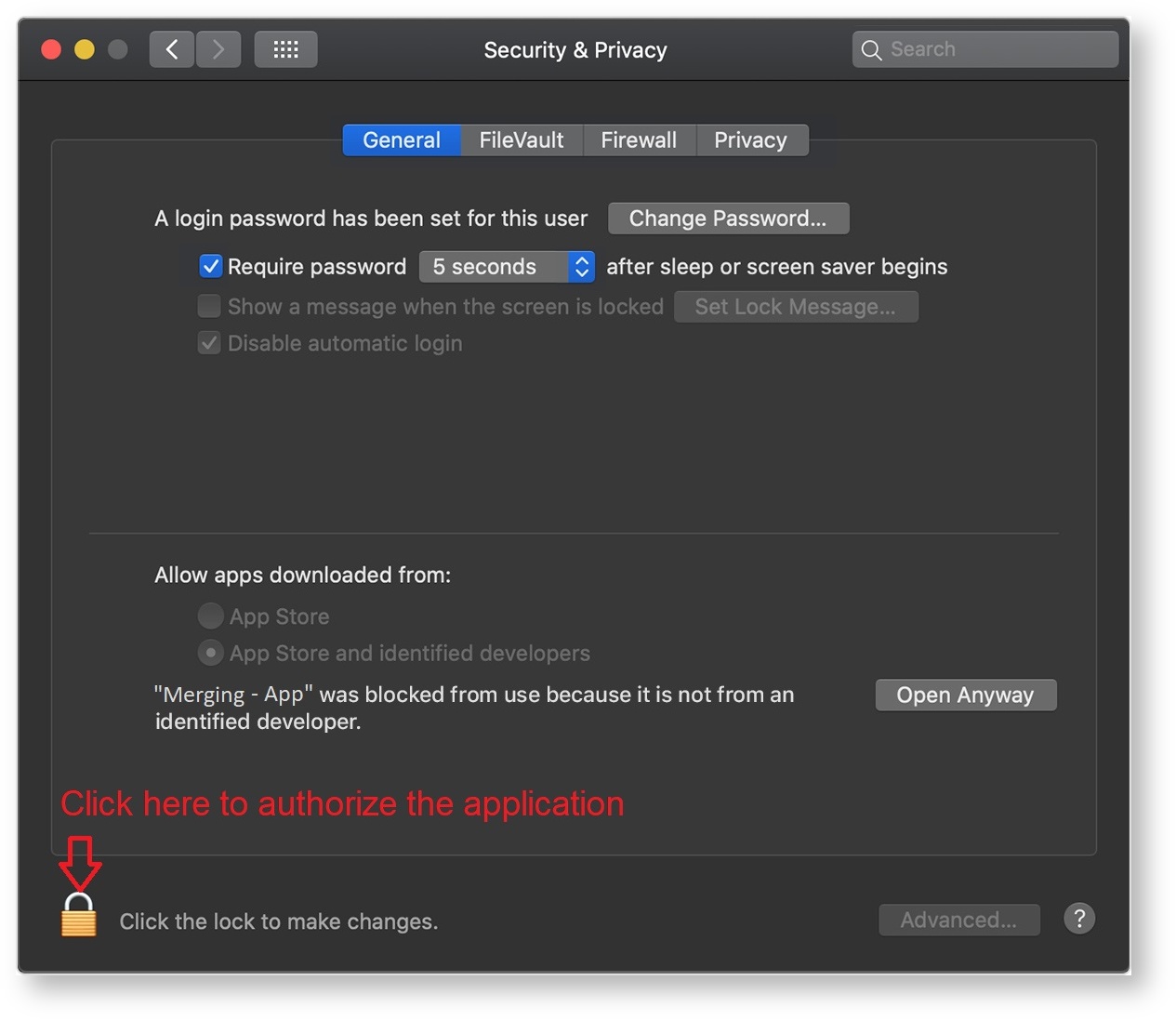
VAD SUPPORTED macOS
Mojave 10.14.1 to 10.14.6 are supported with VAD v2.1.46186 and higher
Catalina 10.15.1 to 10.15.7 is supported with VAD v3.0.47300 and higher
Big Sur 11.3.1 to 11.7 (Intel and M1/Silicon) is supported with VAD v3.0.47300 and higher (recommended to run VAD 3.2 >)
Monterey 12.x (Intel and M1/M2 Silicon) latest certified 12.6.1 is supported with VAD v3.2.0.50895 and higher
Ventura not certified yet.
iOS: NOT SUPPORTED
Hackintosh systems: NOT SUPPORTED
Warnings:
ANEMAN v1.3 (or above) is supported on the latest Mojave, Catalina and Big Sur versions.
INSTALLERS DOWNLOADS
https://www.merging.com/support/downloads#macOS
INSTALLATION NOTICE
Important notice for installing the VAD or Core Audio driver on macOS High Sierra 10.13, macOS Mojave 10.14, macOS Catalina 10.15, Big Sur 11.7 and Monterey 12.6
Those recent macOS introduced a new security measure that requires user approval before installing third-party driver software.
When installing the MERGING TECHNOLOGIES RAVENNA / AES67 VAD or Core Audio driver on those OS you must enable the driver software installation as described here.
This should not affect drivers that were already installed before updating your system to macOS Catalina, Big Sur and Monterey.
Big Sur, Monterey: M1/Silicon
Install an application such as the VAD required to be in Reduced Security mode.
Follow the VAD Guide for all M1 or M2 installation details. Click here.
Procedure to change boot drive security settings on Apple M1:
1. Shut down the Mac.
2. Press and hold the Start button until "Loading Boot Options" appears.
3. Click Options.
4. Click on Continue".
Select a user > Click Next > Enter the password for the administrator account.
5. From the top menu bar, choose Utilities > Boot Security Utility.
6. Select the boot drive.
7. Click on "Security Policy" at the bottom right
8. in the Top Menu bar Select "Reduced Security"
9. Enable the option "Allow users to manage kernel extensions from known developers".
10. Click OK".
11. Enter the admin password > click OK.
12. Once the changes have been applied, click the Apple icon and select Restart.
Apple Kext Drivers Known issue:
On some rare VAD installation the VAD panel entries remain greyed out. The temporary solution is to open
a Terminal command in the Mac and to enter the line below.
sudo kextload /Library/Extensions/MergingRAVENNAAudioDriver.kext
Follow by your password. This will force start the VAD until the next reboot.
Merging has contacted Apple about this issue on their macOS side.
Authorize the VAD - Kernel Extention
By default, the security and privacy preferences of your Mac are set to allow apps from the App Store and identified developers. For additional security, you can chose to allow only apps from the App Store.
In System Preferences, click Security & Privacy, then click General. Click the lock and enter your password to make changes. Select App Store under the header “Allow apps downloaded from.”
In recent macOS, when an app fails to install because it hasn’t been notarized or is from an unidentified developer, it will appear in System Preferences > Security & Privacy, under the General tab. Click Open Anyway to confirm your intent to open or install the app. You have about 30 min to do so otherwise the application might not run and it could require an uninstalll and reinstall of the VAD.

The app is now saved as an exception to your security settings, and you can open it in the future by double-clicking it, just as you can any authorized app.
More details can be found here.
MacOS High Sierra, Mojave, Catalina, Big Sur, Monterey - Kernel extensions
https://support.apple.com/en-us/HT202491
BIG SUR & MONTEREY CONFIGURATION GUIDELINES
(some settings might slightly have changed between Big Sur and Monterey)
General Settings
Some General preferences can affect your devices or DAW software.
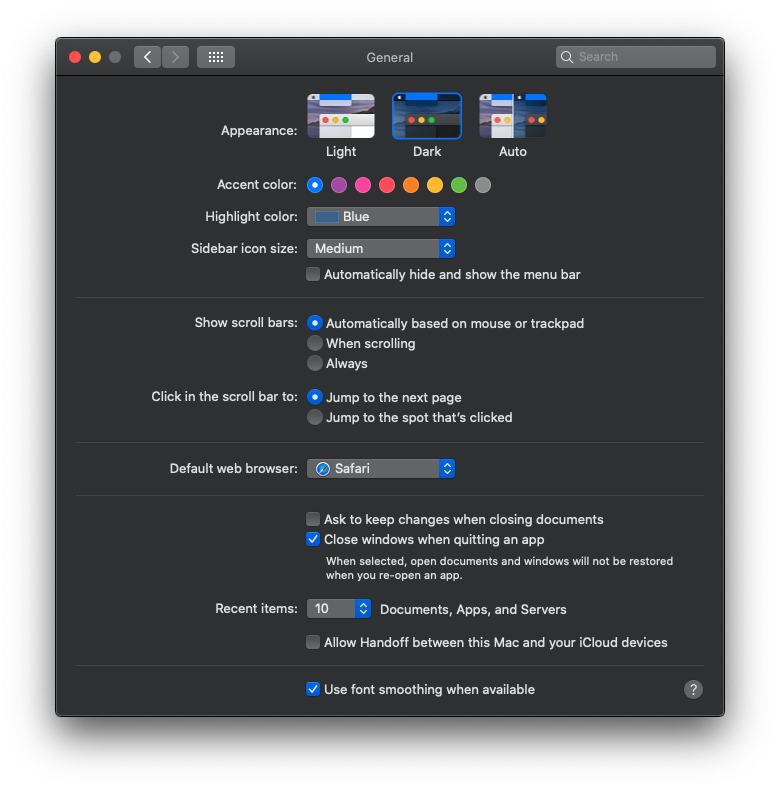
The Desktop and Screen Saver preferences do not negatively affect performance bandwidth, but you may choose to use a simple background and no screensaver for optimization.
The Gatekeeper feature on macOS keeps your Mac safe from installing software from third-party developers. When installing trusted drivers or DAW software/updates, allow them access to macOS. You can also allow access after installation by going to the General menu within Security & Privacy. Learn more from Apple about how to safely open apps on your Mac.
Optimize Energy Saver
This optimization will free up system resources as well as prevent the computer from going to sleep or standby mode which can cause audio dropouts with software and hardware.
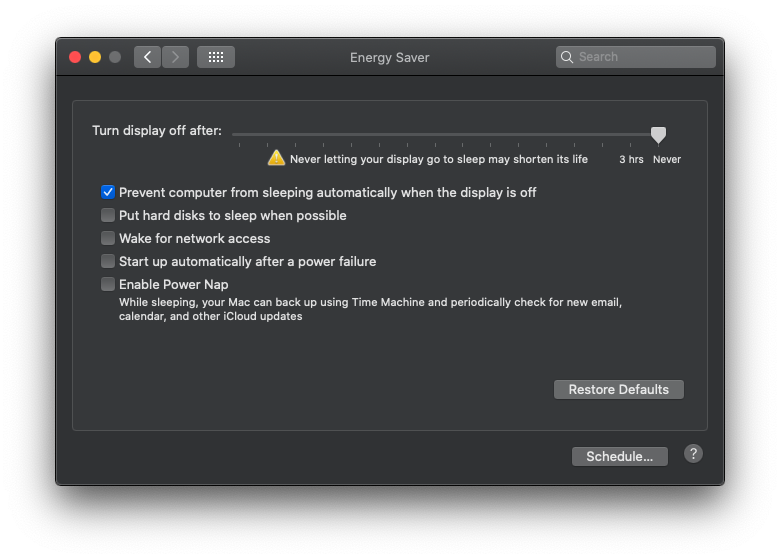
Turn off Wi-Fi
If your computer is equipped with Bluetooth wireless and/or Wi-Fi, these may need to be disabled for Audio applications to work correctly. In addition to freeing up system resources, disabling these can help resolve DAE errors -6085, -6086 and -6101.
Unless required for a device or feature (e.g., iLok Cloud, EuCon controller, Ableton Link, etc.), turn Wi-Fi Off and disconnect from the Ethernet port.
Click on the button that says Turn Wi-Fi Off. If Wi-Fi is required, uncheck “Ask to join new networks”.
Automatic Updates
Some updates to your Mac software can cause conflicts with Pro Tools. Therefore, it is suggested to disable the automatic update functionality within the operating system. If there is an update that you need, you can manually update your Mac software my clicking on the Apple menu in the upper left corner of your screen and choosing Software Update.
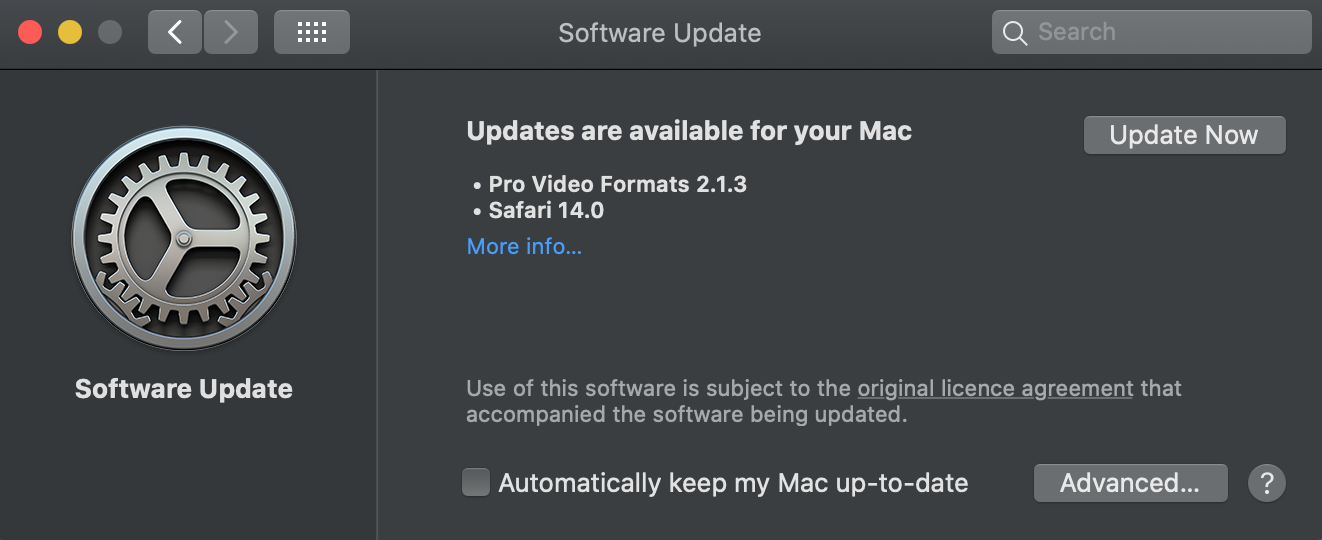
Network
The networking features on your Mac can take up processing bandwidth and interrupt some features. While many systems can watch YouTube, check email, and run a Pro Tools or Live session at the same time, that can cause produce performance loss and even require a restart or reconfiguration if software/hardware starts performing incorrectly.
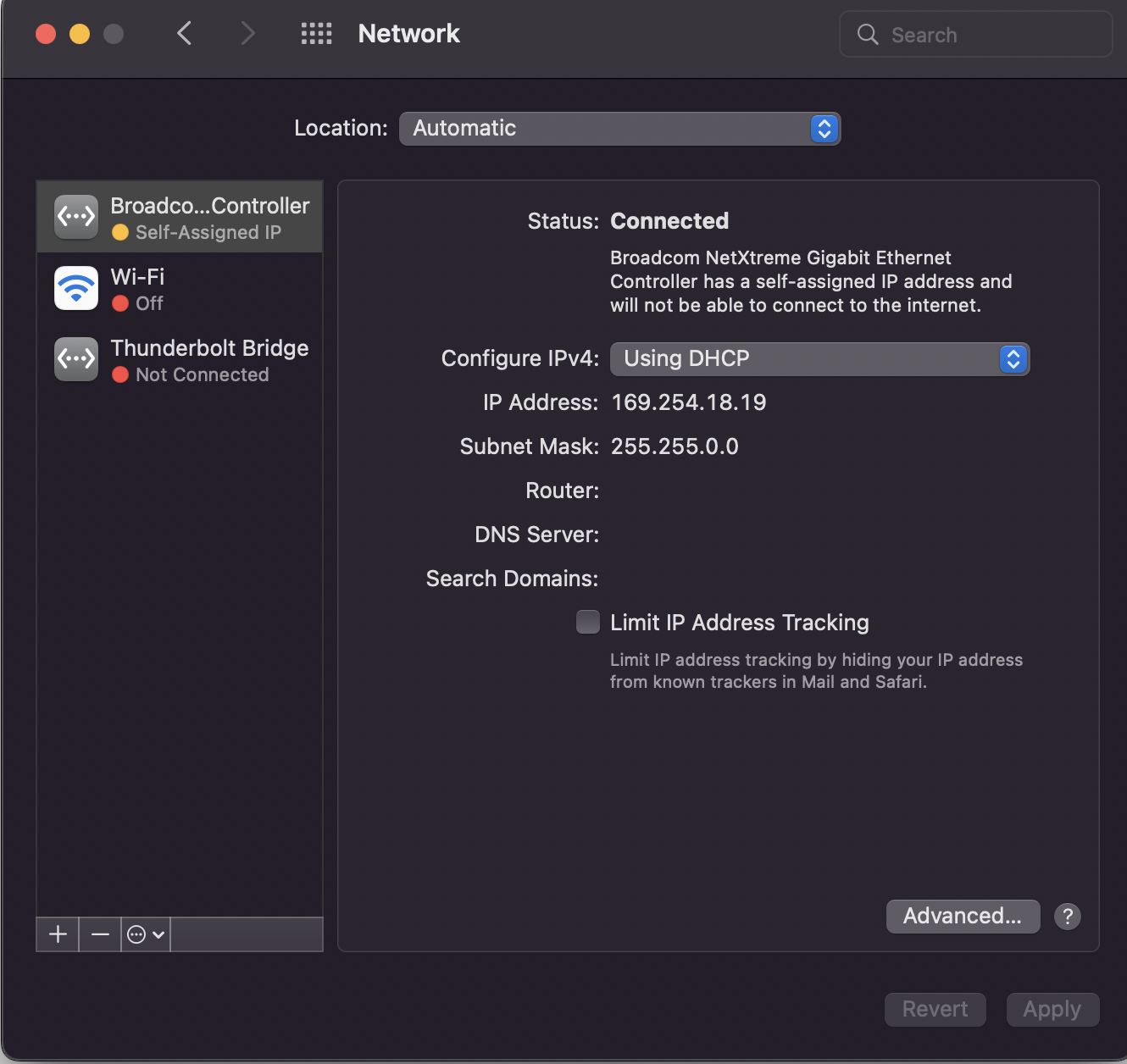
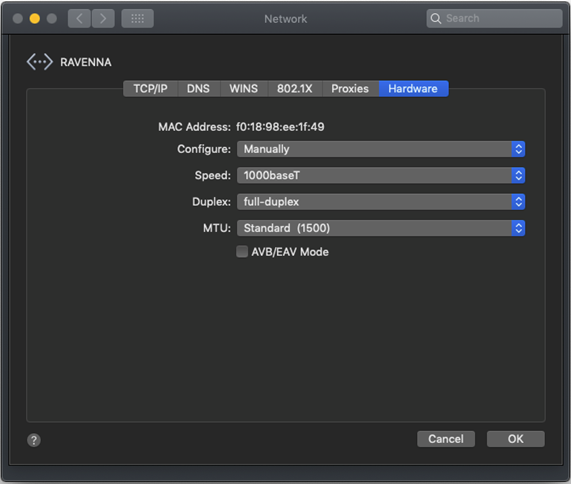
265px400
Warning: Avoid the use of Anti-Virus applications such as "Little Snitch" that could block connectivity.
Set Ravenna Network Service Order first

Disable FileVault protection
This optimization will allow your hard drive to work more efficiently with Pro Tools and can prevent DAE Error -9035 from occurring.
Disable Sudden Motion Sensor (For laptops only, and not available on all models)
If you're recording in a loud environment, this optimization will prevent the Sudden Motion Sensor from kicking in and throwing a -9073 error in Pro Tools.
To re-enable Sudden Motion Sensor:
Disable Automatic Graphics Switching (For laptops only, and not available on all models)
This will prevent the operating system from switching between graphics processors to save energy, which can cause errors during playback or recording.
Siri is not required to record and will limit performance bandwidth. Re-enable Siri as necessary.
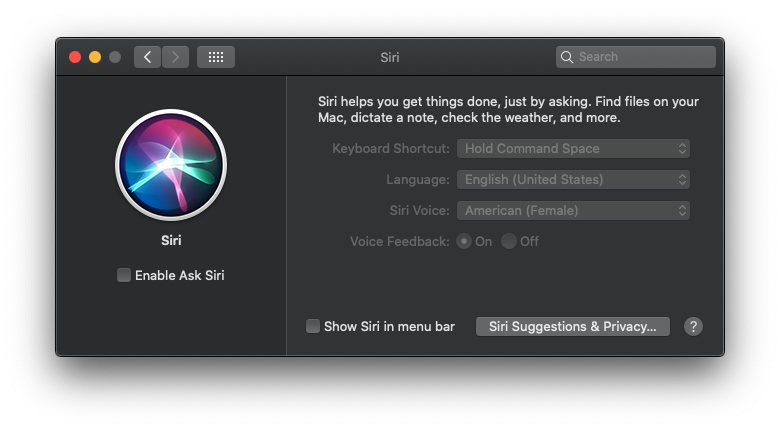
Enable Spotlight Indexing
DAW relies on Spotlight indexing for Workspace database search operations. It is therefore suggested that Spotlight be allowed access to all mounted drives.
This will be the default on, but to be sure nothing is hidden from Spotlight please follow these steps:
When Spotlight is enabled, long record passes (over 50 minutes) may stop recording after 50+ minutes. Consider disabling Spotlight for long recording sessions and then re-enable it when you are done recording.
Disable Spotlight using launchctl, /Applications/Utilities/Terminal : sudo launchctl unload -w /System/Library/LaunchDaemons/com.apple.metadata.mds.plist (this will require the administrative password)
Reenable Spotlight, reload it into launchd using launchctl: sudo launchctl load -w /System/Library/LaunchDaemons/com.apple.metadata.mds.plist
Sound (Audio MIDI Setup)
The Sound preferences are for selecting the default audio device for the audio output and input. Your Mac’s built-in speakers and microphone are selected by default. Select your audio interface here (MERGING RAVENNA/AES67 VAD) to use it as the default audio device for your Mac. Apps that have unique software settings, like DAWs and Skype, have additional settings for their audio input and output device(s).
If you simultaneously want to monitor the Mac Sound and the DAW, using MERGING+ANUBIS we recommend that you use two different sources, one for the DAW and one for the Player or Online sound (Music), refer to the Anubis User Manual the source creation chapter for more details.
Display
Use the optimal resolution for your monitor display. You can choose Default for display, which is automatic, or Scaled to select all of the available resolution configurations. Using the maximum available resolution will give you the most screen real estate. If you find the display too small, try using a smaller resolution
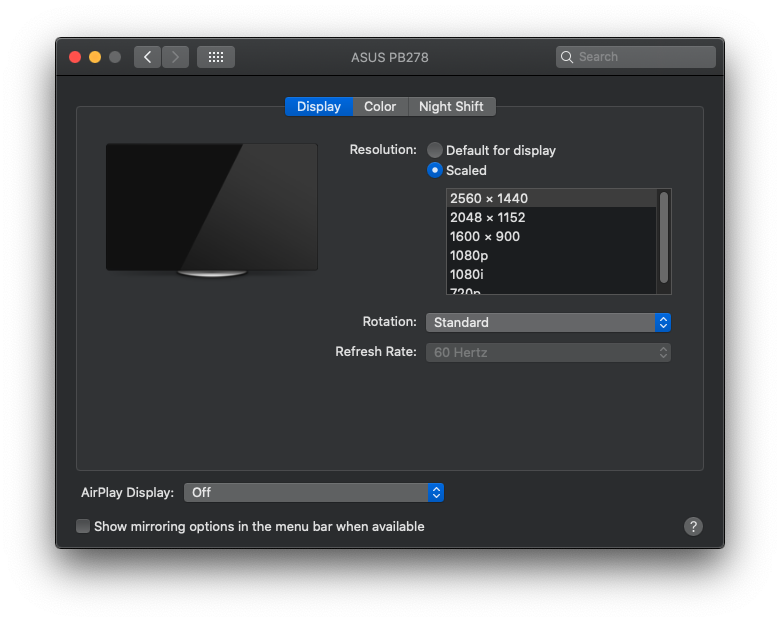
Network and wireless connections
The network and wireless connection settings on your Mac are necessary for many features but can limit performance bandwidth and sometimes interfere with connectivity. These optimizations will turn off iCloud, remove unused internet accounts, disable automatic updates, and limit network and Bluetooth settings.
iCloud
iCloud is the native cloud storage for macOS. It’s able to synchronize apps like Calendar, Contacts, and Notes, and also has file backup features. Since this is a networked-based app it can take up performance bandwidth and should be turned off. Learn more from Apple about how to back up your Mac.
Internet Accounts
You can configure internet accounts like iCloud, Google, and Exchange with your Mac to conveniently synchronize apps like Mail, Contacts, Calendar, and Messages. While configuring your internet accounts is often necessary, especially if the Mac is your only computer, it’s not necessary to set up unused accounts. Ideally, these apps are closed while working with music production software, but having an extra account can make those apps take longer to load and synchronize.
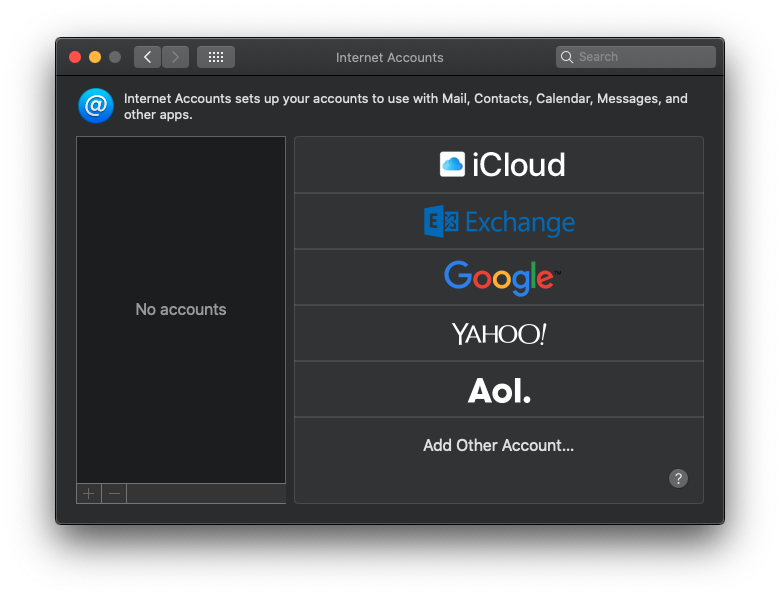
Notifications
macOS notifications are useful automatic reminders. While they do not severely impact your Mac’s performance they can play sounds and be a distraction. For optimum performance and without distractions, disable all unnecessary notifications and select “None” for each Calendar alert style.
This troubleshoot can help with issues with DAW caused by conflicting preferences from other applications. A new user account will contain no user application preferences at first, providing somewhat of a fresh start.
Then login to this new account and run your DAW.
Remove Login Items
Login Items are applications that will automatically start when logging into a user account. Remove unnecessary login items to reduce sources of potential conflicts with DAW
Extensions
The macOS Extensions are not typical for pro audio systems and don’t require any additional configuration. If your Mac experiences performance issues, consider disabling customized extensions.
Printers & Scanners
Printers and scanners use drivers to connect to your Mac. Some connect with USB cables with others connect wirelessly via AirPrint or a third-party app included with the device. If you do not need to use a printer with your Mac while using your audio and MIDI devices, either power it off or physically disconnect it. If a printer has a job queued, or your Mac thinks a printer is still connected, you can disconnect the printer from the Printers & Scanners list.
Date & Time
By default, the date and time are configured by the location services. To minimize unnecessary processing, choose to manually configure the timezone.
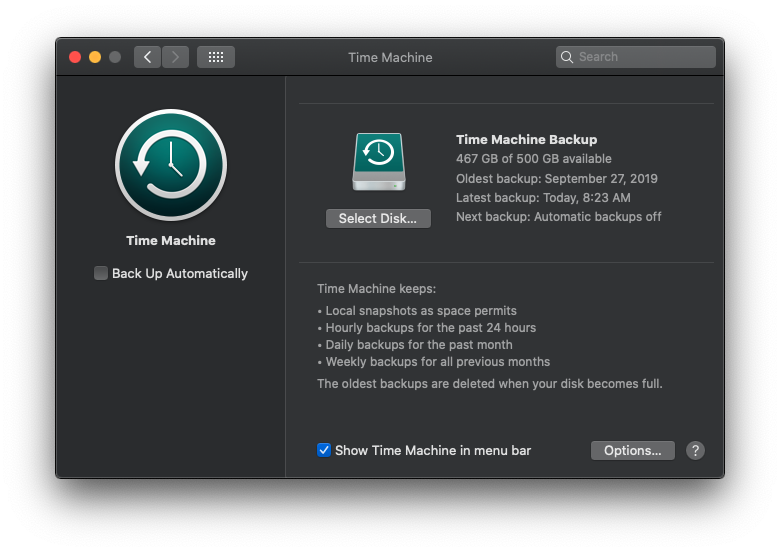
Time Machine
Backing up your Mac with Time Machine is a great idea, but should be done manually for music production computers. When automatic Time Machine backups are enabled, the backup can occur when you record and cause problems.
Clean the Startup Items
Startup Items are similar to Login Items, but will start when first booting the computer, regardless of the user account being utilized. To remove unnecessary Startup Items
Your Mac must meet the DAW’s minimum system requirements to run successfully. That means your macOS version, RAM (memory), and processor must be compatible with your DAW version, otherwise, the software may not run correctly or in some cases not even launch. Check with the software manufacturer’s product page or support area for up-to-date system requirements information.
Most DAW or virtual instrument software uses your audio device’s settings to record audio. The audio device must first be selected in the audio software. To make sure your DAW and audio device are configured properly, they both must use the sample rate. If the settings don’t match you may hear pops, clicks, distorted audio, or even silence. You must also make sure the audio is correctly routed between the software and hardware. That means audio leaving the software needs to go to the correct audio device outputs, and input signals must be routed to the correct input channel and track.
Once a DAW and audio device are configured for each other, they will retain their settings until configured differently. Most DAW’s and newer audio interfaces have saveable and recallable routing or input/output settings. Consider saving these settings to a dedicated studio folder for easy recall and as a backup.
MIDI devices connect like audio devices but use MIDI data instead of audio. The best way to optimize them is to refresh your MIDI device list and retitle any unspecified MIDI ports you’re using. For example, if you connect something via MIDI cable to your MIDI or audio interface’s MIDI port, it will show up as the MIDI port instead of the actual device’s name. Use the Audio MIDI Setup app to refresh your MIDI device list and create a new configuration.
Update iLok Drivers
This can help resolve problems launching Audio Applications and some plug-in authorization issues.
Bootcamp and Fusion Drives Issue
Issue that can prevent users from using the tool to produce a new partition on some Macs equipped with a Fusion Drive.
Apple recognize a problem with iMac machines, Mojave, bootcamp and the Fusion drive, that prevent that the machine to work as expected.
Apple made a fix as of macOS 10.14.5 for such issue.
Warning: Sound Enhancer
The Sound Enhancer increases the perceived “wideness” of the stereo effect by modifying bass and treble response.
It is located in the Music app on your Mac, under Music > Preferences, in the Playback options. If Sound Enhancer is selected the Audio will not be the original referenced Audio, thus its not recommended to listen back to a Mastered Referenced Audio File using Apple Music if Sound Enhancer is enabled.
MISCS
Latest macOS supported
macOS Catalina 10.15.1 and 10.15.2
Supported as of VAD 2.1.41969
macOS Catalina 10.15.3 to 10.15.7
Supported as of VAD 2.1.45186
macOS Big Sur 11.3.1
Supported as of VAD 3.0.47300 and above
How to stop Catalina/Big Sur updates.
http://osxdaily.com/2019/10/16/hide-macos-catalina-software-update-mac/
Comment arreter les updates sous Catalina/Big Sur.
https://www.geekzone.fr/2019/11/13/comment-stopper-mise-a-jour-macos-catalina/